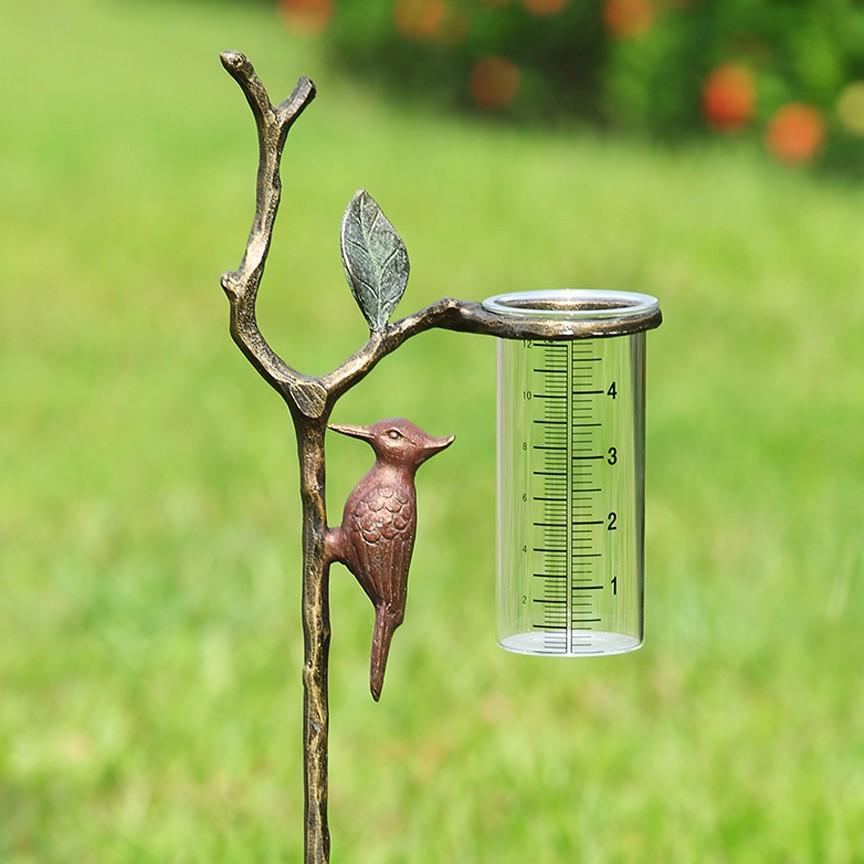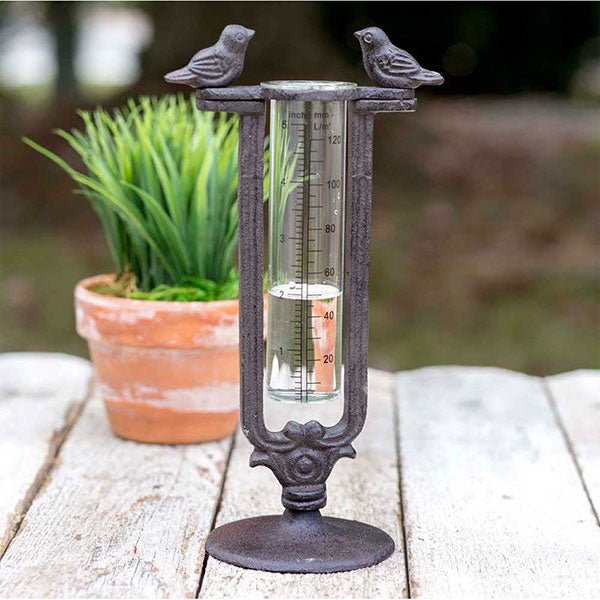Your Go-To Source on The Rain Gauge: Benefits and Practical Applications
Your Go-To Source on The Rain Gauge: Benefits and Practical Applications
Blog Article
Just How to Select the Right Rain Gauge for Accurate Rainfall Data
Accurate rainfall information is critical for various industries and tasks, such as weather forecasting, water, and farming resource administration. To acquire reliable measurements, it is vital to choose the best rain scale. This overview intends to supply beneficial understandings right into the selection process, allowing you to make enlightened choices. Thinking about aspects such as place, type, and precision of the rainfall gauge will aid ensure precise information collection. Furthermore, recognizing the maintenance and calibration treatments will certainly add to the durability and reliability of your rainfall gauge. By adhering to these standards, you can make sure accurate rains data, enabling better decision-making and preparation for different applications.
Significance of Choosing the Right Rainfall Scale
The importance of picking the best rain gauge hinges on obtaining reputable and exact rainfall information for accurate meteorological evaluation. Rainfall data is vital for a broad range of applications, consisting of weather projecting, hydrological modeling, and climate research study. Undependable or imprecise information can bring about erroneous final thoughts and flawed decision-making procedures.

Second of all, the precision and precision of the rain gauge are critical. The gauge needs to have the ability to gauge rainfall with high accuracy, recording even small quantities of precipitation accurately. It should additionally lessen errors as a result of dissipation, wind, and various other ecological aspects. Routine calibration and maintenance are vital to ensure ongoing precision.
Furthermore, the area and installment of the rain scale are crucial factors to consider. It ought to be put in an open area, far from obstructions that can affect rains dimensions. The scale should be placed at an appropriate elevation and angle to avoid spilling and make certain proper catchment of rain.
Factors to Take Into Consideration When Choosing a Rain Scale
When choosing a rainfall scale, there are numerous vital factors to take into consideration. There are different types available, including conventional rainfall assesses, tipping bucket rainfall gauges, and weighing rain gauges.
Another factor to consider is the material of the rainfall scale. Rain assesses can be made from different products, such as plastic, metal, or glass. The material picked should be immune and long lasting to weather, guaranteeing that the rain scale will certainly hold up against the components and offer precise measurements over time.
Precision is additionally a critical factor to consider. Look for rainfall assesses that have been adjusted and checked for accuracy. Functions such as anti-splash rings and funnels can also boost the precision of the measurements.

Finally, consider the climate and setting in which the rain scale will certainly be used. Different rainfall gauges are suitable for various climates, so it is necessary to pick one that is appropriate for the problems in your area.
Various Kinds Of Rainfall Assesses Readily Available
To even more check out the variables to think about when picking a rain scale, it is vital to understand the different kinds of rain determines offered. The most Our site usual type is the basic rainfall gauge, additionally recognized as the cylindrical rain scale.
Another sort of rainfall gauge is the tipping pail rainfall gauge. This scale uses a seesaw-like device to gather and measure rains. As the rainfall falls under the gauge, it fills out one side of the container, causing it to tip and clear the water. The variety of tips is counted online to figure out the amount of rainfall. Tipping bucket rain determines are popular for their precision and capability to gauge rains intensity.
A 3rd kind of rain scale is the weighing rainfall scale. As the rainfall drops right into the gauge, it is gathered in a container connected to a balance.
Finally, there are additionally remote rainfall assesses that usage progressed innovation to gauge rainfall (The Rain Gauge). These assesses usage sensors and transmitters to send out information wirelessly to a central system. Remote rain determines are convenient for monitoring rainfall in hard-to-reach areas or for large data collection
Exactly How to Identify the Accuracy of a Rainfall Scale
One way to evaluate the precision of a rainfall scale is by performing regular calibration measurements. Calibration includes contrasting the analyses of a rainfall scale to a common dimension, such as a certified rain gauge or a weather condition terminal with high precision. By comparing the dimensions, any inconsistencies or errors in the rainfall scale can be determined and represented.
To carry out a calibration dimension, beginning by accumulating rains information from both the rain gauge and the conventional dimension gadget over a details amount of time, such as a month. After that, contrast the analyses and determine the distinction between them. This difference is referred to as the calibration error.
It is necessary to keep in mind that calibration measurements ought to be performed frequently, as environmental factors, such as debris, wind, and temperature level, can impact the accuracy of the rain gauge over time. By performing normal calibrations, any type of changes in the precision of the rain scale can be identified and modifications can be made appropriately.
In addition to calibration, it is additionally suggested to tidy and preserve the rainfall gauge routinely to ensure its precision. Remove any type of debris or blockages that might impact the accuracy of the dimensions, and check for any type of signs of damages or wear that may require fixings or replacement.
Tips for Preserving and Calibrating Your Rain Scale
Regular upkeep and calibration are critical for ensuring the accuracy and integrity of your rain gauge you could try these out in gauging rainfall information (The Rain Gauge). this link By adhering to a couple of basic suggestions, you can make certain that your rainfall gauge is correctly kept and adjusted
Firstly, it is essential to clean your rainfall gauge on a regular basis to avoid any type of particles or dust from obstructing the rain collection system. Make use of a mild detergent and a soft brush to delicately clean the within and exterior of the scale. Wash it thoroughly with clean water and enable it to completely dry completely prior to re-installing it.
Second of all, it is recommended to calibrate your rain gauge a minimum of yearly. Calibration includes contrasting the dimensions of your rainfall scale with those of a relied on and exact recommendation scale. This will certainly aid you recognize and correct any potential errors in your rainfall scale's dimensions.
To adjust your rainfall scale, accumulate a known volume of water using a gauging container and contrast it with the dimensions videotaped by your rainfall scale. Readjust the readings appropriately to guarantee accuracy.

Conclusion
To conclude, picking the best rain scale is vital for acquiring accurate rainfall information. Elements such as place, function, and budget need to be taken into consideration when selecting a rainfall gauge. There are numerous types of rain determines offered, each with their very own advantages and constraints. It is essential to frequently keep and calibrate your rain scale to ensure its precision. By following these guidelines, precise rains data can be obtained for different applications.
There are various types readily available, including typical rainfall gauges, tipping bucket rain assesses, and evaluating rainfall gauges.To further explore the factors to consider when choosing a rainfall scale, it is crucial to recognize the various types of rain evaluates available. The most common kind is the basic rain gauge, additionally recognized as the round rain scale.One more kind of rainfall gauge is the tipping bucket rainfall scale. Calibration includes contrasting the analyses of a rain scale to a standard measurement, such as a qualified rainfall gauge or a weather terminal with high precision.
Report this page